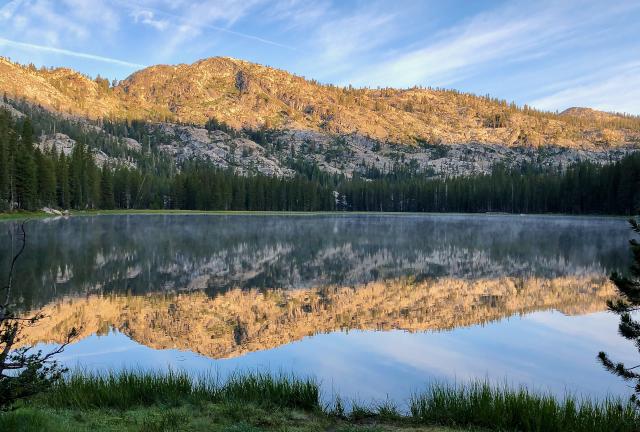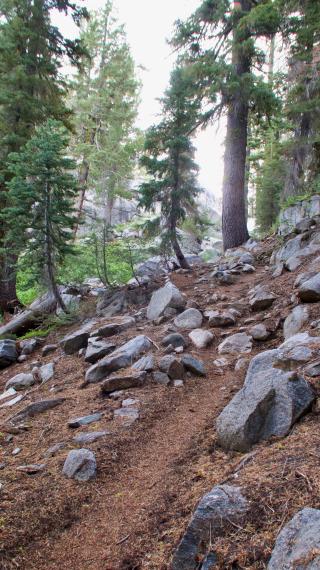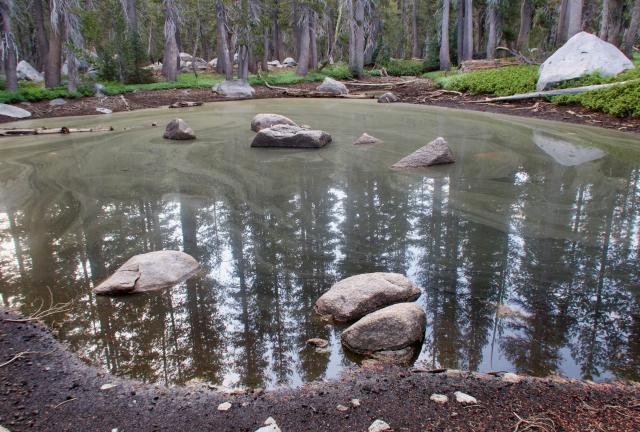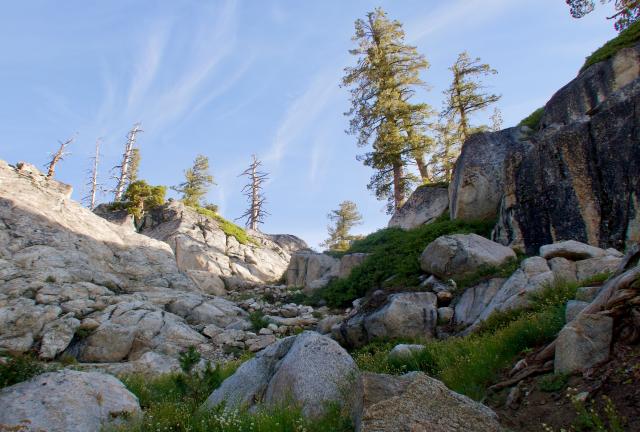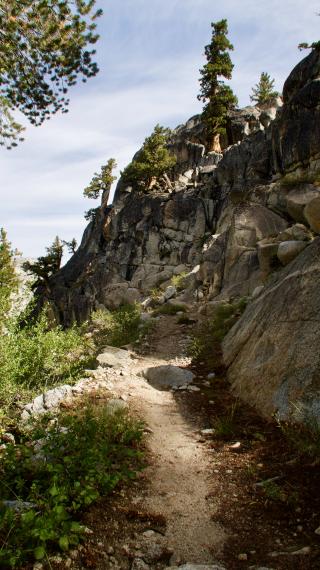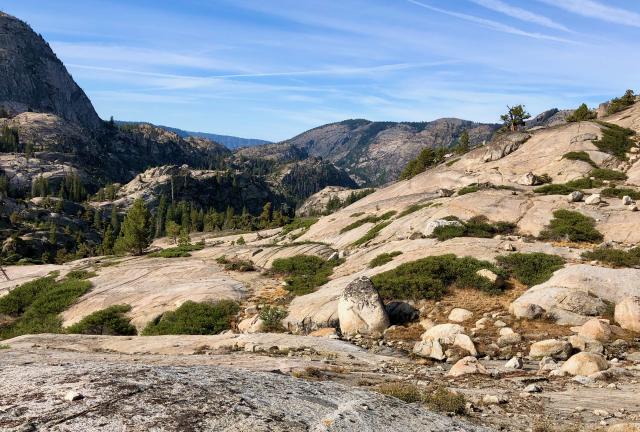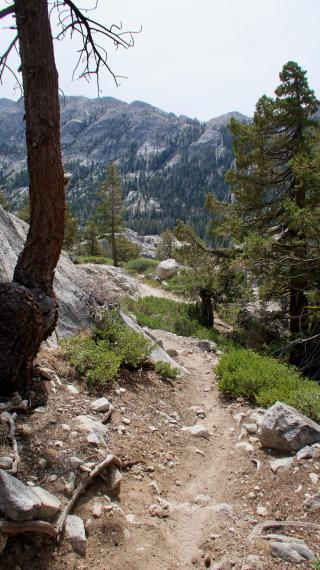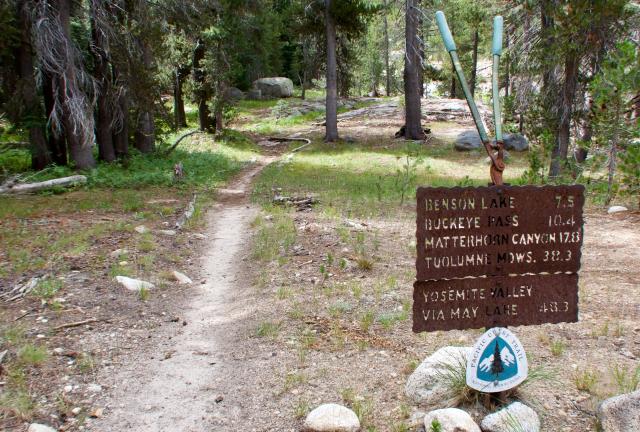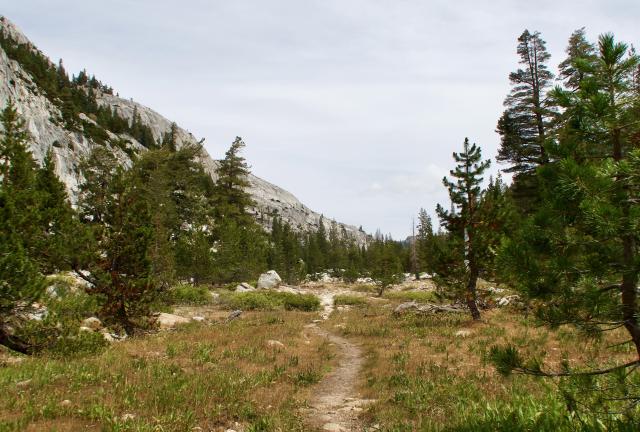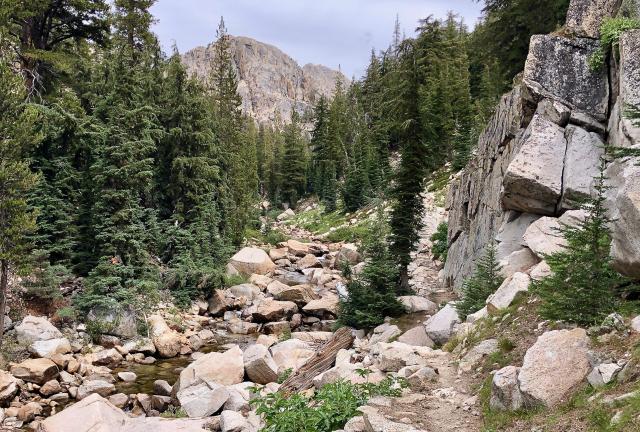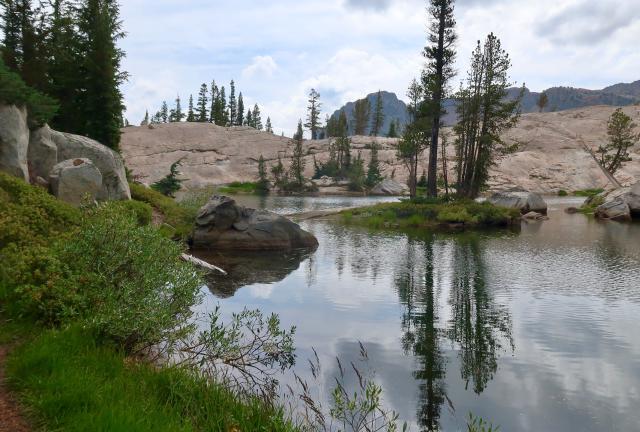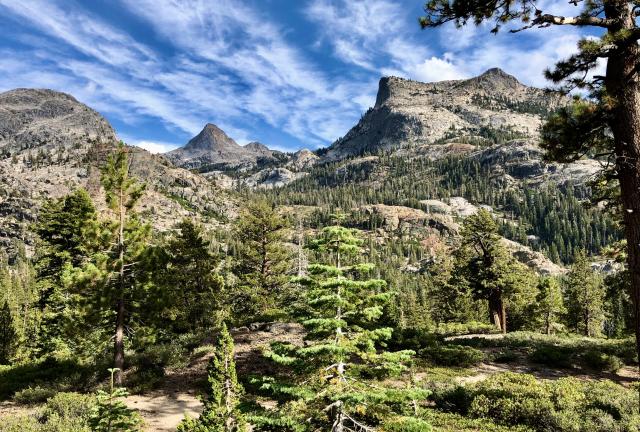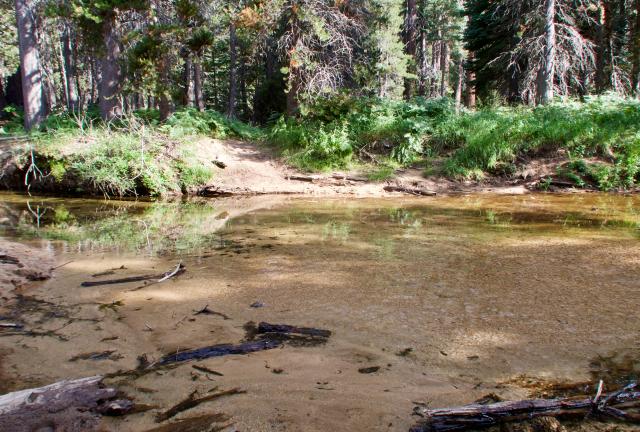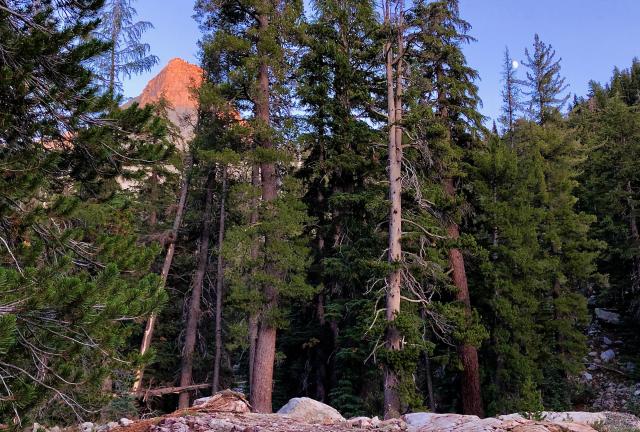I often say thru-hiking is difficult enough. There's no need to make it more difficult by adding unnecessary risks. That's why I wanted to skip the Sierra when I finished the desert in May and hike it later after the snow melts.
With several feet of snow on the ground, hiking conditions in the Sierra can be brutal. Wayfinding becomes difficult because the trail is buried. As the snow softens, postholing usually results and that slows you down. Streams swell to raging torrents with melted snow water, and drownings can happen during crossings. Frostbite is a common reason hikers end their hike in these conditions.
It's true some hikers made it through the Sierra this summer, but many failed. My chance of successfully finishing is significantly better because I'm hiking the Sierra now.

